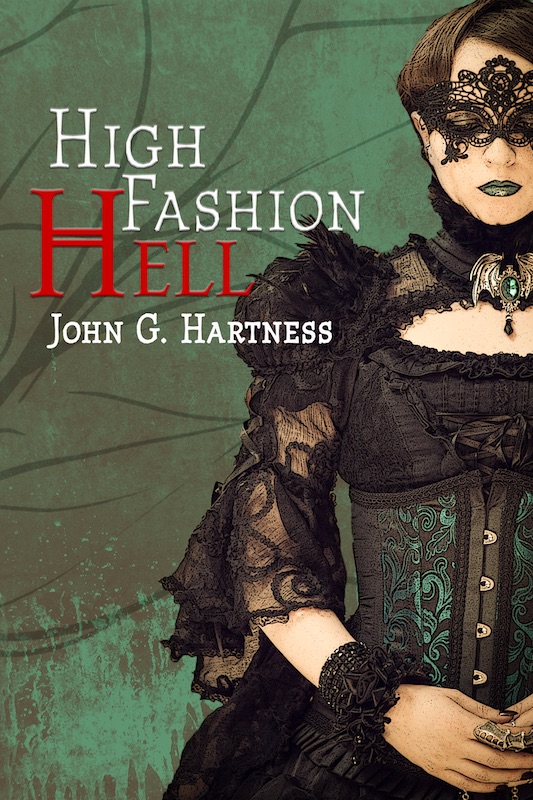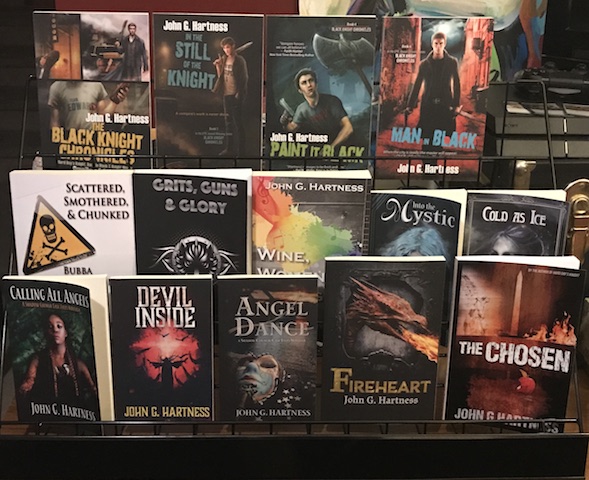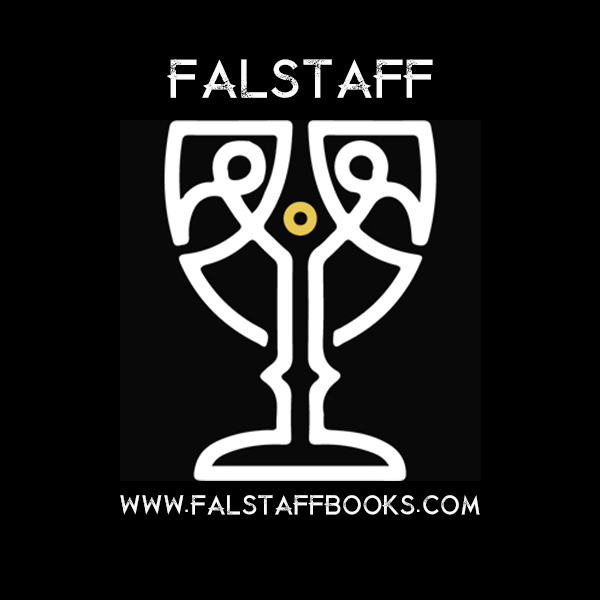Welcome back Selah Janel to talk about Women in Horror Month! For more Selah, check out her website.
Although I grew up something of a scaredy-cat, admittedly I’ve always been drawn to the horror genre. I was the one always begging friends to tell me blow-by-blow details of the movies I wasn’t allowed to see, the one reading the descriptions of horror movies off boxes in video stores when my parents weren’t looking, the one who may or may not have run an underground library for R.L. Stine titles and urban legend collections out of my locker in Junior High. I think we take for granted that women seem to be designated as chainsaw fodder or final girl in the genre, when there are truthfully a lot of other roles if we keep an open mind and are open to a lot of different titles. I also don’t think it’s that unusual that women make awesome horror authors. I could give you the standard answer of how we’re emotional creatures and at the end of the day we always have to be aware while walking down the street, when we’re meeting someone new, when we have to walk away from a table and leave our drink unattended, when protecting our children, etc.
However, I think there’s another reason women of my particular generation are drawn to horror and happen to be good at it. It’s a little thing I like to call the 1980’s.
Stay with me here. Yes, the eighties were time when slasher films ruled and women’s roles tended to be reduced to victims for the most part, but that’s not what I’m talking about. To really get why my ilk are into the genre, you have to go to a whole other medium entirely: children’s cartoons.
Eighties nostalgia has gotten a lot of flak over the years. Yeah, a lot of the cartoons were made off toy lines and they weren’t always drawn very well. A lot of the Saturday morning installments didn’t even last all that long, if a whole season. What they were, however, is utterly, completely, cracked out.
Let’s just take a look at some of my early influences, eh? The first Care Bears movie features a book that could be considered a riff off the Necronomicon. Heck, the second movie contains shapeshifting demons and a variation on possession. Yes, the villains are either dealt with or reformed, but can you imagine that even existing in a theatre for four-year-olds these days? My Little Ponies had gateways to other dimensions and a dark ooze that nearly destroyed Ponyland. Rainbow Brite had her color drained on at least one occasion, a Lady Lovelylocks villain went into a deep coma-like sleep and nearly died. One of the Misfits in Jem nearly died from strange plant scratches. She-Ra was repeatedly kidnapped, drained of her powers, almost-tortured, and who knows what else. The Ewoks were forced into slavery on their cartoon at certain points, and one of the girl Ewoks learned quickly not to try to play magic to her advantage. Villains and sidekicks alike nearly had their souls sucked out in a few franchises and it was just another Saturday for all us little girls watching. For the puppet crowd, Jim Henson’s The Storyteller featured devils and heroine-beating trolls, and the Skeksis of The Dark Crystal haunted our nightmares for ages because of their soul-sucking abilities and we loved them for it. Disney regularly played cartoons from their vaults, including things like where Pluto dreams he’s been sent to hell and is tortured by a bunch of animated cat devils.
The Real Ghostbusters just plain existed. Seriously, this show was amazing for how bizarre it was until it was dumbed down for little kids. I still remember an episode where the ghostbusters got sent to another dimension where ghosts hunted people and their ghost counterparts chased them down like criminals. It was intense, mind-bending stuff. In short, beautiful.
The nineties tried, but by then everything was either taking existing franchises and turning the characters into children, or trying slightly different variations of the same ol’ same ol’. It was always strange to me that people got so freaked out about Tales from the Cryptkeeper, when things like that had been a part of my entire tender youth, and no one had complained because “they were just cartoons based on toys.”
My point is, those things were considered normal for little girls or for girls and boys alike. I admittedly question some of the gender divide, though, because I knew a lot of boys who collected She-Ra figures along with He-Man and quite a few little girls who could quote you episodes of The Real Ghost Busters. Along with all the sparkly, we regularly got our dose of freaky, otherworldly danger. In some cases, it was like Lovecraft was reincarnated as an animator. Whether this was people groping for a plot or just throwing something out there, who knows, but it gave us permission at a very young age to let our weird out and not be apologetic about it. It was okay to be villains who did whatever was necessary, to be heroes who were kind, yes, but still had to go to great lengths and nearly lose their souls to get their way. Adventures were better the more elaborate and the darker they became.
Yes, there were gender divides in the toy aisle, but in a lot of ways, girly cartoons were pretty subversive for their time, more so than a lot of the things I’ve seen these days. The plots were not always great, the art was eh, true, but the weird factor was amazing. I’ve talked to a lot of women in my age grouping who laugh and remember a lot of those episodes fondly, either because they loved them or because they were traumatized by them and now find it amusing. Some have even passed things like the original two Care Bears movies onto their own daughters. A lot of these girls graduated to appreciate Stephen King and Anne Rice alike, to not just want to be the chick who hangs out with vampires, but who had ambitions of maybe, someday, becoming the head vampire.
These days, yes, women write horror from a female standpoint at times, but I think we don’t take into consideration that that isn’t the only way we can write horror. Maybe, if we started letting our girls get a dose of weird early again, there wouldn’t be such a barrier for them to the genre. It would be just another day at the toy aisle, just another Saturday of cartoons. For those of us already grown up, yes, we definitely have different takes on the genre, and some of them will inevitably have to do with gender. However, we also have a huge universal appreciation for the dark and the bizarre. Why? Why not? After all, we were brought up that way.






